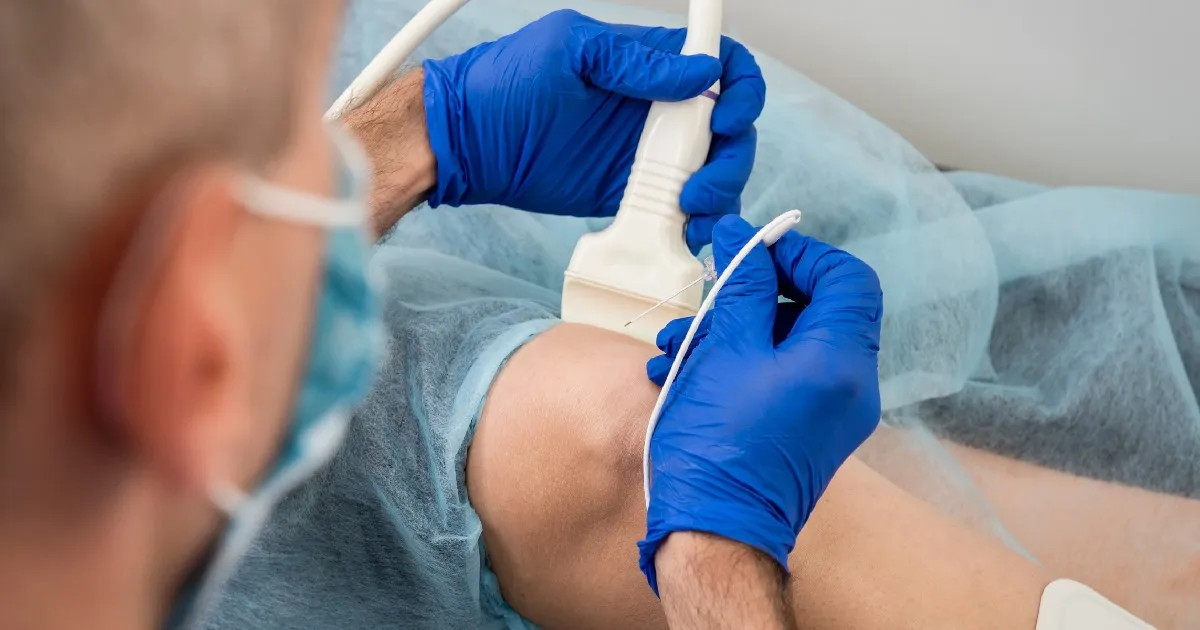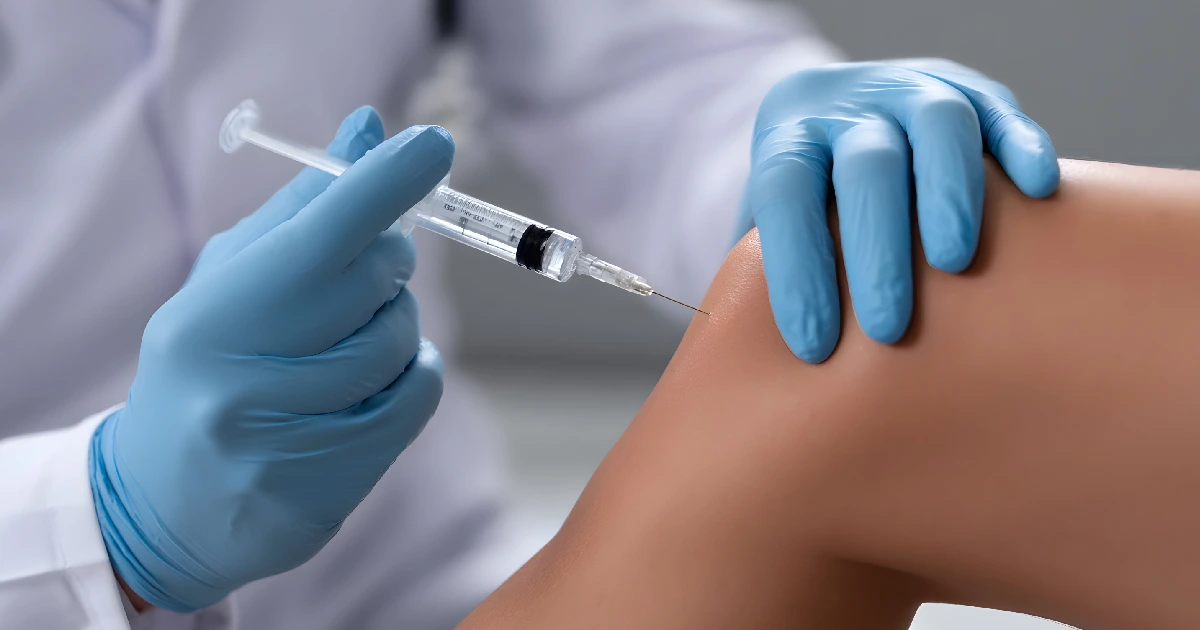Introduction
If you are contemplating Botox injections as a treatment option for your migraines, rest assured that you are not alone in exploring this avenue. With this cutting-edge treatment, many people with chronic migraines have experienced significant relief and an improvement in their quality of life. Here are the top 10 things you should know before your Botox session to ensure you’re well-prepared and informed.
Understanding Botox for Migraines
The FDA has approved Botox as a treatment for chronic migraines, which are characterized by headaches that occur 15 days or more a month. It helps minimize the frequency and severity of migraines. Understanding that Botox is more than just a cosmetic treatment can help you appreciate its therapeutic benefits.
How Botox Works for Migraines
Botox, also known as botulinum toxin, inhibits the release of several molecules that are involved in the transmission of pain. It targets nerve endings around the injection site to prevent pain signals from activating in the brain. This mechanism helps reduce the occurrence of migraines.
What to Expect During the Procedure
- Multiple Injections: During a Botox session for migraines, you will receive approximately 31 small injections. These injections are administered into specific areas of your head and neck. This process ensures that Botox effectively targets the nerve endings involved in migraine pain.
- Duration: The entire procedure typically takes about 15 to 20 minutes. Because of this, the treatment is really fast, making it easy to incorporate into your schedule. Being aware of the brief length helps ease worries about the amount of time required.
- Minimal Discomfort: Most patients indicate that the injections are only mildly uncomfortable. The process is usually well tolerated, and the extremely tiny needles that are utilized are used. Your healthcare provider may use ice or a topical anaesthetic to numb the area and further reduce any discomfort.
Botox for Migraines Results
While results can vary, some patients report feeling better a few days to a week following their initial session. It may take two to three sessions, spaced 12 weeks apart, to achieve maximum benefits. Regular follow-ups are essential for ongoing relief.
Side Effects and Risks
- Common Side Effects: Neck pain is a common side effect following Botox injections for migraines. Some patients also experience mild headaches and temporary swelling at the injection sites. These effects are typically short-lived and manageable with over-the-counter pain relief.
- Less Common Side Effects: Some patients may experience muscle weakness or stiffness in the areas where Botox is injected. Usually minor and temporary, these symptoms go away on their own in a matter of days or weeks. It’s critical to keep an eye on your symptoms and let your doctor know about any strange ones.
- Rare but Serious Risks: In rare instances, Botox injections may cause more severe adverse effects, like breathing or swallowing difficulties, if the toxin travels outside the injection site. There is also a risk of allergic reactions, which can include rash, itching, or even more severe symptoms. Discuss any history of allergies or previous reactions to Botox with your healthcare provider to ensure your safety.
Who Can Administer Botox for Migraines?
It is essential to select a licensed healthcare professional, such as a neurologist or headache specialist, to administer Botox. These professionals have specialized knowledge in treating migraines. Proper administration is key to minimizing risks and maximizing benefits.
Pre-Treatment Preparation
- Medication Review: Tell your healthcare provider about everything you take, including supplements and medications. Certain medications, like aspirin and blood thinners, can increase the likelihood of bruises and bleeding. Your provider may advise you to stop taking these medications a few days before the procedure.
- Avoid Alcohol: You should abstain from alcohol for at least 24 hours before getting Botox. Because alcohol thins the blood, it makes injection sites more likely to bruise. Steering clear of alcohol helps ensure a smoother procedure and recovery.
- Consultation and Medical History: Discuss your medical history and any worries with your healthcare professional. This includes disclosing any allergies, past reactions to Botox, or medical conditions that might affect the treatment. A comprehensive consultation helps your provider plan the safest and most effective approach for your Botox injections.
Post-Treatment Care
- Resume Normal Activities: You can typically resume most normal activities immediately after your Botox session. However, it’s advisable to avoid strenuous exercise for the first 24 hours to prevent any potential complications. This helps ensure that the Botox remains in the targeted areas and works effectively.
- Avoid Heat Exposure: For the first 24 hours, avoid excessive heat exposure, including hot showers, saunas, and sunbathing. Heat can improve blood flow and could cause Botox to spread to unexpected places. Keeping cool helps maintain the treatment’s effectiveness.
- Follow Provider Instructions: Adhere to any specific post-treatment instructions given by your healthcare provider. This might include avoiding lying down or bending over for several hours after the injections. Adhering to these recommendations reduces the likelihood of adverse effects and optimizes the therapeutic benefits.
Cost and Insurance Coverage
- Cost of Botox for Migraines: The cost of Botox injections for migraines can vary based on the clinic and region. Typically, the price ranges from $300 to $600 per session. It’s important to discuss the exact cost with your healthcare provider beforehand to plan your budget accordingly.
- Insurance Coverage: Many insurance companies cover Botox for migraines if you meet certain criteria, such as having chronic migraines that occur 15 or more days a month. To learn more about the precise requirements and coverage information of your insurance carrier, contact them. You may need prior authorization or documentation of previous unsuccessful treatments.
- Out-of-Pocket Expenses: Even with insurance coverage, there might be out-of-pocket expenses, such as copayments or deductibles. Clarify these potential costs with your insurance provider and healthcare clinic. Knowing these details in advance helps you prepare financially and avoid any unexpected charges.
Long-Term Commitment
Botox for migraines provides a long-term solution that involves receiving regular injections every 12 weeks to maintain its effectiveness. Maintaining a consistent treatment schedule is crucial for the effective management and reduction of migraine frequency and intensity. By embracing this routine and understanding the commitment involved, you can set realistic expectations for sustained relief and ensure ongoing, comprehensive care.
Botox for Migraines in Sandy and Bountiful, Utah
When selecting a provider for Botox injections to treat migraines in Sandy, Utah or in Bountiful, Utah, ensure they are a licensed healthcare professional with specialized training and experience in this specific treatment. Research their reputation through online reviews and personal recommendations, and schedule a consultation to discuss your condition and ensure clear communication. Additionally, confirm that the provider accepts your insurance and understands the coverage details, including any out-of-pocket costs or available payment options.
Conclusion
Botox injections for migraines offer a promising solution for those suffering from chronic migraines. To explore the potential benefits of Botox injections for managing your chronic migraines, schedule an appointment with Alta Pain Physicians in Sandy and Bountiful, UT, where our experienced physicians will determine if this treatment suits you and create a personalized treatment plan. Discover lasting relief from chronic migraines with Botox injections, a proven and FDA-approved treatment that can significantly reduce the frequency and intensity of your headaches.




